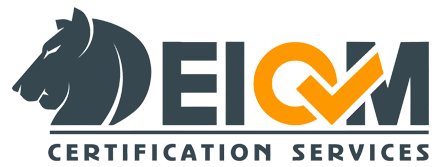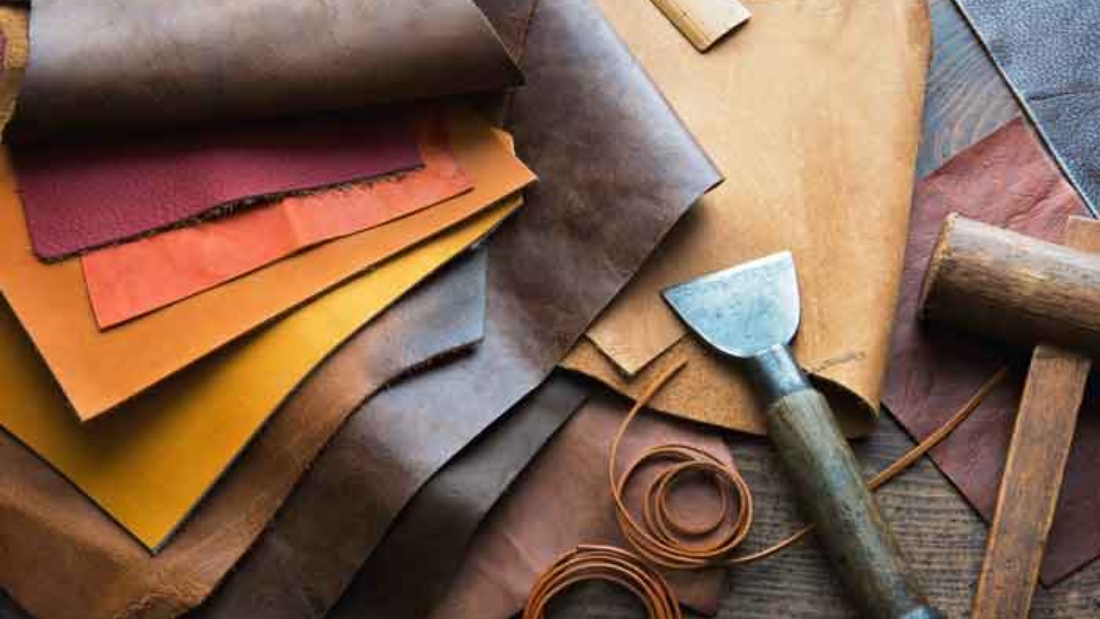Introduction
ISO 20433 provides a detailed framework for the leather industry, setting forth guidelines that manufacturers must follow to produce high-quality, ethically sourced leather products. The standard is designed to address the entire supply chain, from raw material sourcing to final product testing.
Scope of ISO 20433 in the Leather Industry
The scope of This standard extends to all aspects of leather production, including the selection of raw materials, processing methods, environmental impact, and social responsibility. It applies to all types of leather products, ensuring that manufacturers across the globe adhere to consistent, high standards.
Key Objectives of ISO 20433
Ensuring Quality and Consistency in Leather Products
One of the primary goals of This standard is to standardize the quality of leather products, making sure that they are durable, safe, and meet consumer expectations. This consistency helps build trust in leather goods, regardless of where they are produced.
Promoting Sustainable and Ethical Leather Production
In today’s market, sustainability is more than just a buzzword; it’s a critical business imperative. ISO 20433 encourages sustainable practices within the leather industry, reducing environmental impact and ensuring that the production process is as ethical as possible.
Enhancing Consumer Confidence in Leather Goods
By adhering to ISO 20433, manufacturers can offer products that consumers can trust. This standard reassures buyers that the leather goods they purchase are made with care for quality and respect for the environment and workers involved in the process.
Core Components of This standard
Raw Material Specifications
The standard outlines specific criteria for the selection and sourcing of raw materials used in leather production. This ensures that the leather comes from reputable sources and meets predefined quality benchmarks.
Processing Standards and Techniques
ISO 20433 provides detailed guidelines for the various processes involved in leather manufacturing. This includes everything from tanning to finishing, ensuring that the final product is not only high-quality but also produced in a manner that minimizes environmental impact.
Environmental and Social Responsibility Criteria
A significant component of This standard is its focus on the environmental and social implications of leather production. This includes guidelines for waste management, energy use, and the fair treatment of workers, ensuring that leather products are produced responsibly.
Testing and Inspection Requirements
To maintain the high standards set by ISO 20433, the standard includes rigorous testing and inspection requirements. These tests are designed to assess the quality, durability, and safety of leather products, ensuring they meet the necessary criteria before reaching consumers.
Raw Material Specifications
Criteria for Leather Sourcing
This standard sets strict guidelines on where and how raw materials should be sourced. This includes the origin of the hides, ensuring they come from animals that are treated humanely and sourced sustainably.
Quality Control Measures for Raw Materials
Quality control is crucial at the very first stage of leather production. ISO 20433 emphasizes thorough inspection and testing of raw materials to ensure that only the best quality leather is used in production. This step is essential for maintaining consistency and avoiding defects in the final product.
Application in Healthcare Settings
In hospitals and long-term care facilities, products compliant with This standard are integral to patient care strategies. They help in reducing healthcare-associated infections and improving overall patient outcomes.
Processing Standards and Techniques
Standardized Methods for Leather Processing
Leather processing is a complex procedure involving multiple stages. ISO 20433 provides standardized methods for each stage, ensuring that all leather products undergo the same rigorous processing techniques, regardless of the manufacturer.
Techniques to Ensure Consistency and Durability
The standard emphasizes techniques that enhance the durability and consistency of leather products. This includes specific tanning methods, dyeing processes, and finishing techniques that result in high-quality leather that withstands wear and tear over time.
Innovations and Technological Advancements in Leather Processing
ISO 20433 encourages the adoption of new technologies and innovations in leather processing. This could include the use of more sustainable chemicals, advanced machinery that reduces waste, or techniques that improve the texture and appearance of leather.
Environmental and Social Responsibility in ISO 20433
Sustainable Leather Production Practices
Sustainability is at the heart of ISO 20433. The standard promotes practices that reduce the environmental impact of leather production, such as minimizing water usage, reducing chemical pollutants, and optimizing energy consumption.
Ethical Considerations in Leather Manufacturing
Beyond environmental concerns, ISO 20433 also addresses the ethical dimensions of leather production. This includes ensuring fair labor practices, avoiding exploitation, and promoting the well-being of workers involved in the leather industry.
Impact on Local Communities and Global Supply Chains
ISO 20433 acknowledges the broader impact of leather production on local communities and global supply chains. The standard encourages practices that benefit local economies and ensure that global supply chains are fair, transparent, and sustainable.
Testing and Inspection Under ISO 20433
Overview of Testing Procedures
Testing is a critical component of ISO 20433, ensuring that leather products meet all specified standards. This includes physical tests to assess durability, chemical tests to ensure safety, and environmental tests to confirm sustainability.
Types of Inspections Required
The standard specifies several types of inspections, including visual inspections, lab tests, and field inspections. These inspections are designed to verify that every stage of the leather production process complies with ISO 20433 standards.
Frequency and Documentation of Inspections
To maintain ISO 20433 certification, manufacturers must regularly conduct inspections and maintain detailed documentation. This ensures ongoing compliance and provides a record of the company’s commitment to quality and sustainability.
Conclusion
ISO 20433 is a vital standard for the leather industry, offering a comprehensive framework that ensures high quality, sustainability, and ethical production. As the global demand for responsible products grows, ISO 20433 provides manufacturers with the guidelines they need to meet these expectations and contribute to a more sustainable future.

